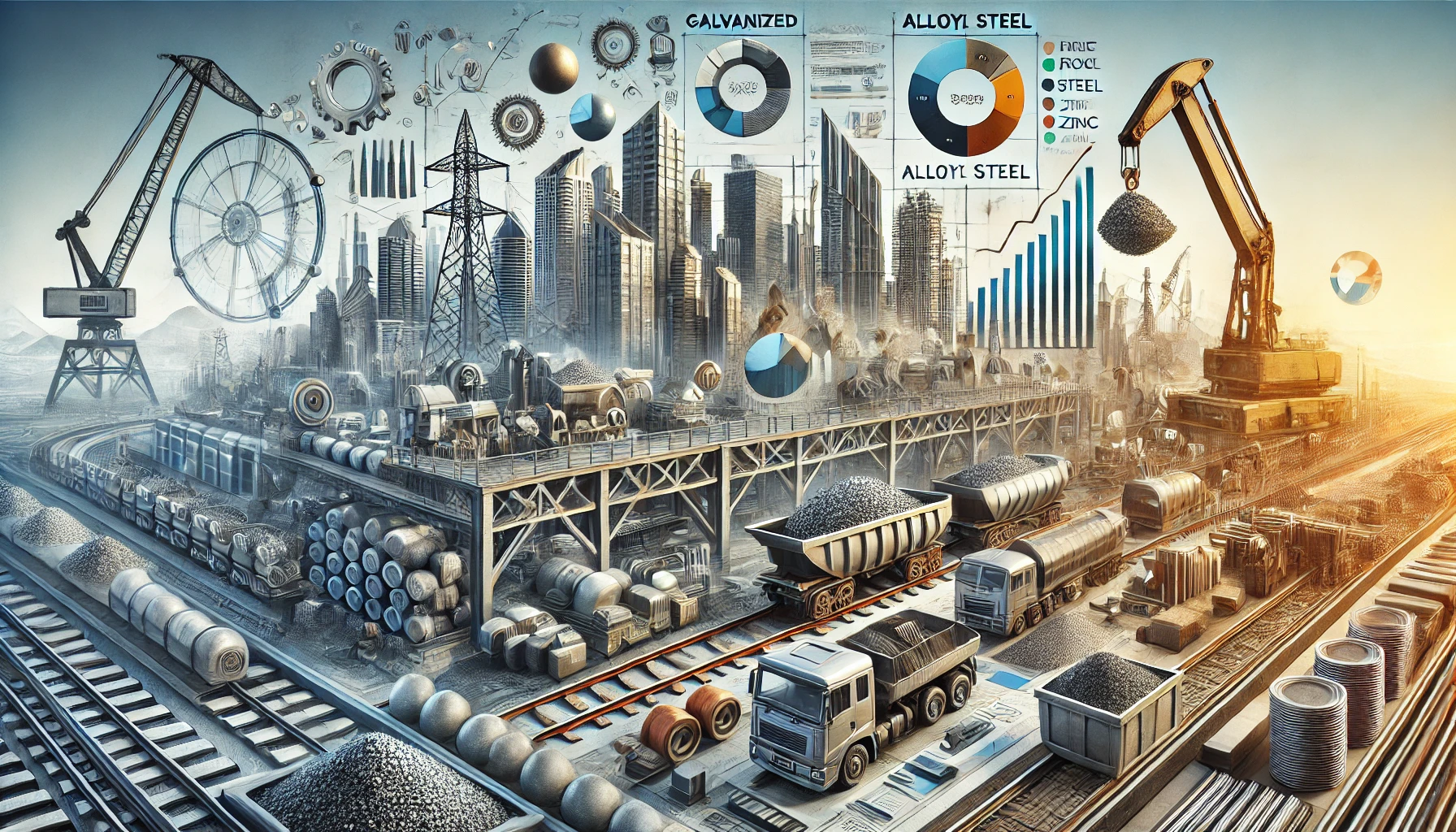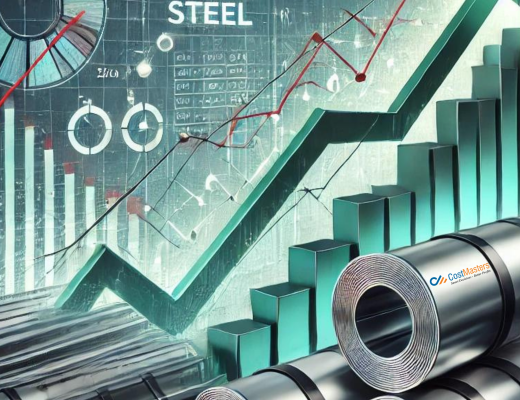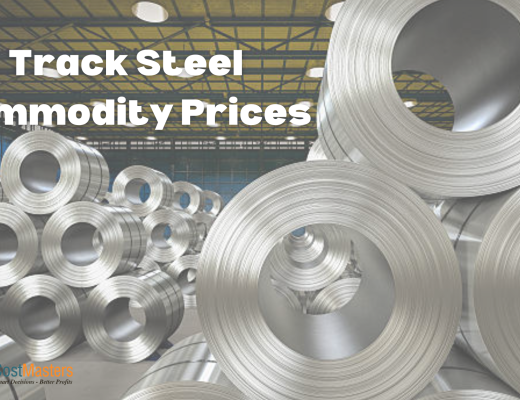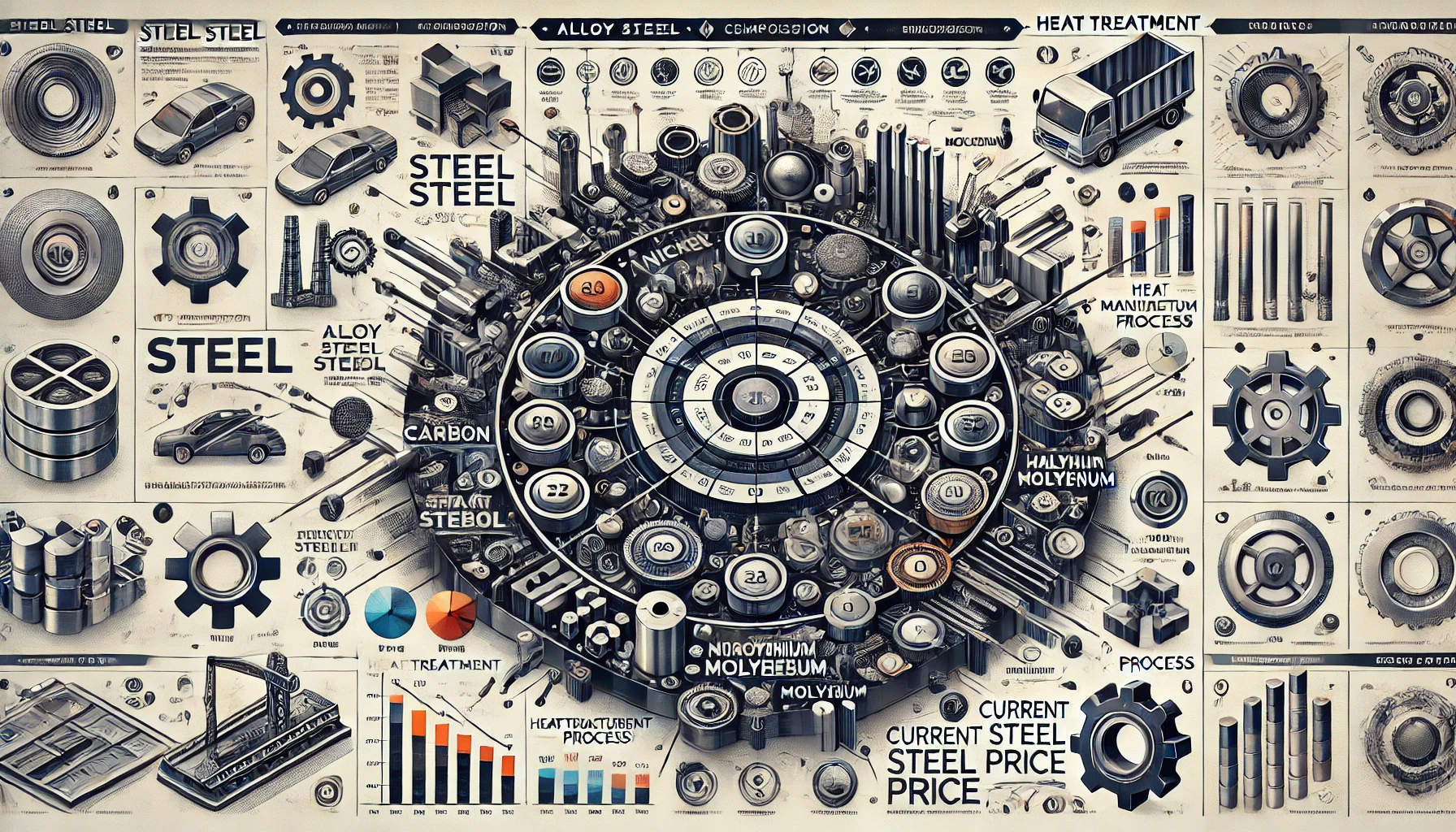Challenges Facing the Global Galvanised Steel Market
The global steel market faces multiple challenges, with price volatility in raw materials being a significant issue. Essential commodities like iron ore, steel, and zinc are responsible for the production of galvanised steel, and due to these raw materials, the galvanised steel price is affected, which makes it challenging for manufacturers to maintain a stable profit. The variations in export and import tariffs further complicate the pricing structures in countries like India, the United States, and China, which are the producers.
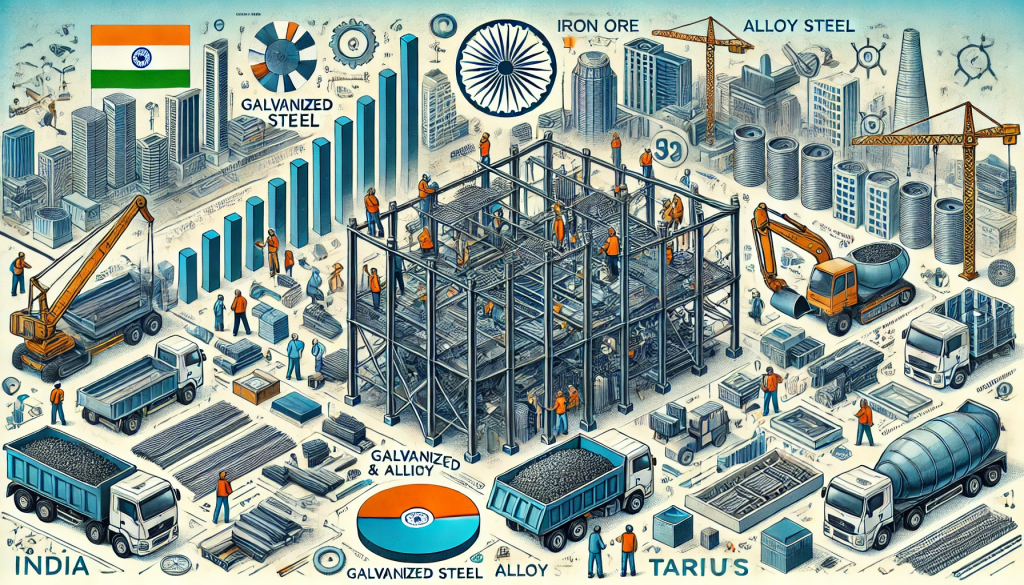
The unimagined prices of raw materials continue to squeeze profit margins for India’s galvanised steel producers, which makes it much more difficult to maintain financial stability. Excess steel production globally has exacerbated the instability, while the ongoing decline in oil prices also affects steel production prices. As a result, the stakeholders in the market for galvanised steel struggle to predict and manage the raw material prices effectively, leading to challenges for growth and profitability.
Understand galvanised steel and its applications
Due to its corrosion resistance properties, galvanised steel is widely used across various industries. In the galvanisation process, steel is immersed in hot zinc, which reacts to form a protective layer of zinc-iron alloy, and this coating forms a barrier that protects the steel from corrosive elements, making galvanised steel a popular pick in automotive, construction, and infrastructure projects.
The major players such as China, the United States, India, Russia, and Japan dominated the global production of galvanised steel. China leads the market due to its immense steel production capacity, driven by demand from the construction and infrastructure industries. The galvanised steel price in India is another factor, influenced by India’s expanding demand for galvanised steel, like in construction and automotive.
Global Market Trends for Galvanised Steel
According to a recent industry analysis, the global galvanised steel market is expected to experience moderate expansion. As forecasted, the market is about to expand to around USD 200 billion by 2026, achieving a CAGR of 5% and rising demand from construction, consumer goods, and infrastructure industries, which fueled the primary growth. Emerging economies like China and India are key drivers for this demand due to their urbanization and industrialization efforts.
India is becoming a major player in the galvanised steel market. With the growing projects in infrastructure and vehicle production, the demand for galvanised steel continues to rise, which puts pressure on manufacturers to stabilise the galvanised steel prices.
The Role of Alloy Steel in Construction
The role of alloy steel also plays an important role in modern construction due to its high strength and durability, and due to these factors, it is more useful in large structures like stadiums, bridges, and skyscrapers. The alloy steel is also used in the concrete structure, which serves as a reinforcement material, providing both strength and reducing the overall weight of the structure.
However, the alloy steel price in India varies based on several factors, which include the grade of the alloy, its composition, the manufacturing process, and its size. The price fluctuations mostly depend on the specific properties required for different applications, making cost management a key concern for manufacturers and consumers alike.
Conclusion
From the above information, it is concluded that the galvanised steel and alloy steel markets are critical to the construction and industrial sectors, but from significant challenges due to fluctuating raw material prices. The galvanised steel prices are a more sensitive factor for global economic factors, import/export tariffs, and the volatile nature of raw materials like zinc and iron ore. Similarly, the alloy steel price is influenced by the specific composition and use case requirements.
